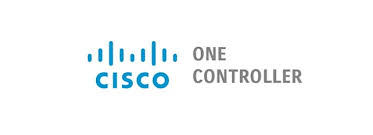
Cisco ONE strategy leaves a la carte behind
The strategy behind Cisco ONE is to shift IT buyers from the current a la carte purchasing model for infrastructure applications to software preinstalled in hardware. Cisco is marketing the change as a simpler and less expensive alternative to choosing from hundreds of its own separately priced software features. However, some experts say the cost of a Cisco ONE bundle could end up being higher, if a buyer fails to purchase enough capacity under the single license.
The biggest advantage of Cisco ONE is a consistent software model across all products, Ray Wang, analyst for Constellation Research, said. “Whether you are in the cloud, whether you are on a mobile device, whether you’re in a WAN or whether you’re in a data center, all the stuff is now the same.”
Cisco ONE is comprised of three layers. The foundation tier includes core networking, security and systems software, along with network and energy management. The second layer, which Cisco calls “advanced,” includes software capabilities specific to the use case. This tier is for IT departments to build capabilities on top of the foundation layer. Finally, Cisco has built a security layer across all the domains, which is more advanced than the security built into the foundation alone.